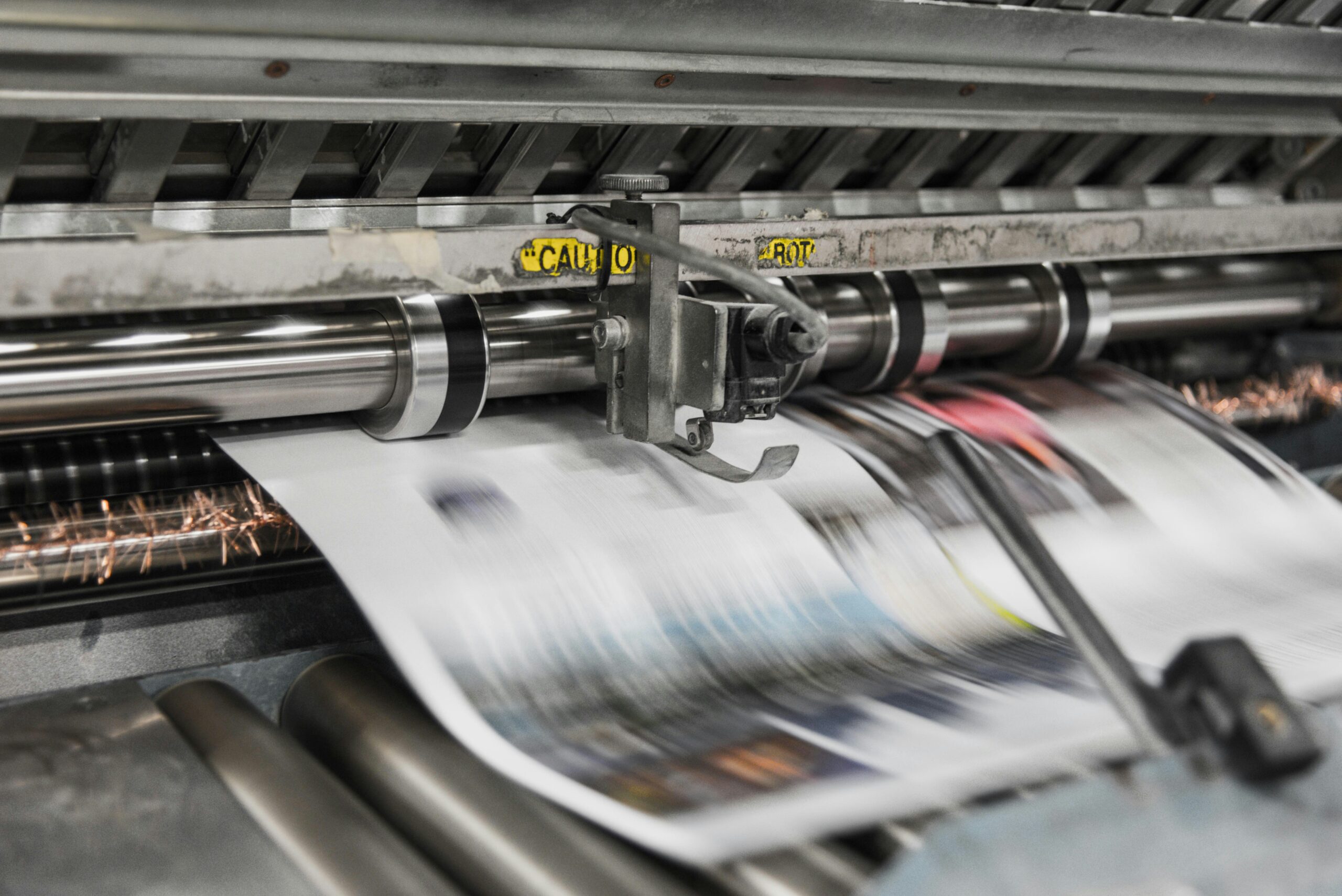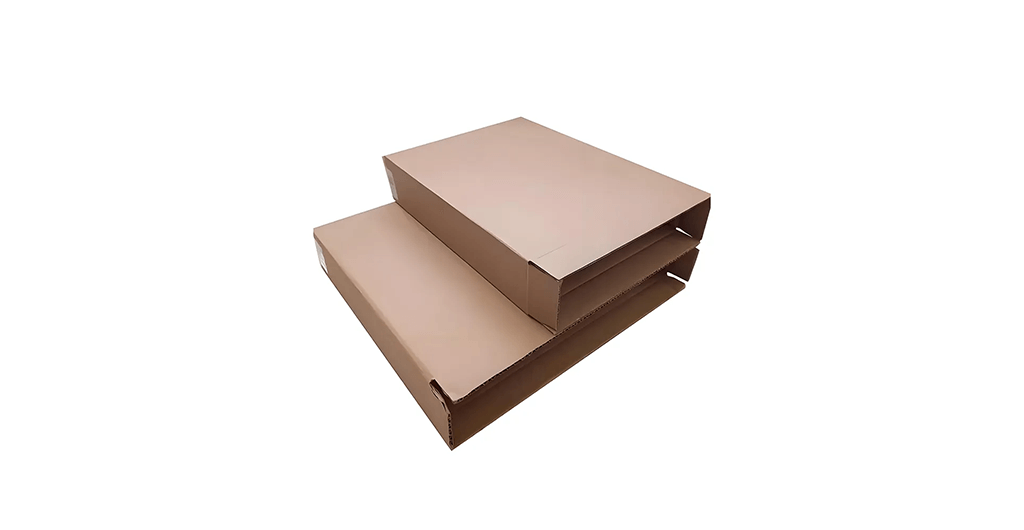
Zibo City, Shandong Province

Have You Any Quires ?

10 PM – 6 PM

Zibo City, Shandong Province

Have You Any Quires ?

10 PM – 6 PM

Have You Any Quires ?

In the world of packaging, moisture is a silent threat. Paper-based materials like corrugated and folding boxes are hygroscopic. This means they naturally absorb and release moisture from the air. This behavior directly impacts their strength and durability. Uncontrolled moisture can compromise the structural integrity of a shipping box, leading to product damage and financial loss. Therefore, understanding and managing moisture is not just a technical detail; it is fundamental to ensuring reliable corrugated box performance. This guide explains how moisture affects your packaging and what you can do to control it. We will explore established testing methods, material choices, and design strategies to protect your products effectively.

Cellulose fibers form the backbone of paper and paperboard. These fibers create a strong, rigid structure when dry. However, when they absorb water molecules from a humid environment, the bonds between them weaken. This process drastically reduces the material’s stiffness and compression strength.
A high-performance Corrugated Box can lose nearly half of its stacking strength when it moves into a humid environment. This weakening jeopardizes the entire supply chain. It increases the risk of packages collapsing during transit or in a warehouse. For any business, this decline in packaging performance translates to damaged goods, customer complaints, and a tarnished brand reputation.
To control moisture, you must first measure it. The packaging industry uses two primary methods to assess how cartons interact with water. We actively use these tests to ensure quality.
The table below compares these two essential methods.
| Feature | Cobb Test (ISO 535) | Electronic Moisture Meters |
|---|---|---|
| Measures | Water Absorptiveness (grams/m²) | Overall Moisture Content (%) |
| Process | Exposes a sample to water for a set time, then weighs it. | Uses electrical resistance or capacitance for an instant reading. |
| Speed | Slow, requires lab conditions. | Fast, often handheld and portable for on-site checks. |
| Best For | Quality control, specifying material resistance, assessing coatings. | Real-time process control, spot checks during manufacturing. |
Several factors determine a carton’s ability to withstand moisture. We design packaging by carefully considering materials, structure, and protective barriers to enhance packaging resilience.
The journey to a moisture-resistant box starts with the raw materials. The choice of fiber, paperboard density, and structural design all play a role. For instance, multi-ply paperboard offers an opportunity to use moisture-resistant layers without sacrificing stiffness. The design of a Corrugated Box, including its fluting profile, also influences its durability in humid conditions. Smaller flutes can provide better crush resistance, which helps maintain integrity as moisture levels rise.
<a id=”barrier-coatings”></a> Applying barrier coatings is one of the most effective strategies for fighting moisture. These coatings create a shield that repels water and reduces water vapor transmission. Different coatings serve different needs, from protecting frozen foods to keeping electronics safe. Many modern Folding boxes use these advanced coatings for enhanced protection and presentation.
Here is a look at common barrier types:
| Coating Type | Key Features | Common Applications |
|---|---|---|
| PE (Polyethylene) | Offers excellent humidity protection and is cost-effective. | Beverage cups, frozen food packaging. |
| PET (Polyethylene Terephthalate) | Provides high heat and grease resistance with a good moisture barrier. | Oven-safe trays, microwavable packaging. |
| Water-Based (WBBC) | Delivers good water resistance while being recyclable and sustainable. | General food packaging, e-commerce boxes. |
| Wax | Creates a strong barrier against direct liquid moisture and oil. | Fresh produce boxes, meat packaging. |
When moisture protection fails, the consequences are severe. The impact extends beyond simple sogginess and affects the core shipping box performance.
Maintaining optimal corrugated box performance requires a controlled approach. The ideal moisture content for most paperboard packaging is between 8% and 12%. Below this range, the board can become brittle; above it, it loses strength.
Controlling performance means managing the environment. Relative humidity (RH) is the key external factor. You must account for the RH levels your packages will experience during storage and shipping when selecting materials and coatings. By setting clear performance targets for moisture content and water absorptiveness (Cobb value), you can design packaging that reliably protects its contents from point A to point B. For specialized needs, you may want to explore custom options like a Colorful Corrugated Box that incorporates specific barrier technologies.
Moisture poses a constant and significant challenge to the integrity of paper-based packaging. It weakens Corrugated Box, Folding box, and shipping box structures, leading to product damage that impacts your bottom line. However, you can effectively manage this threat. Through diligent moisture analysis using tools like the Cobb test and moisture meters, you can set clear quality standards. By selecting the right materials, structural designs, and advanced barrier coatings, you actively enhance your packaging’s resilience. Proactive moisture management is the key to achieving superior corrugated box performance and ensuring your products arrive safely, every time.
You can leave any questions. We will see and answer you.